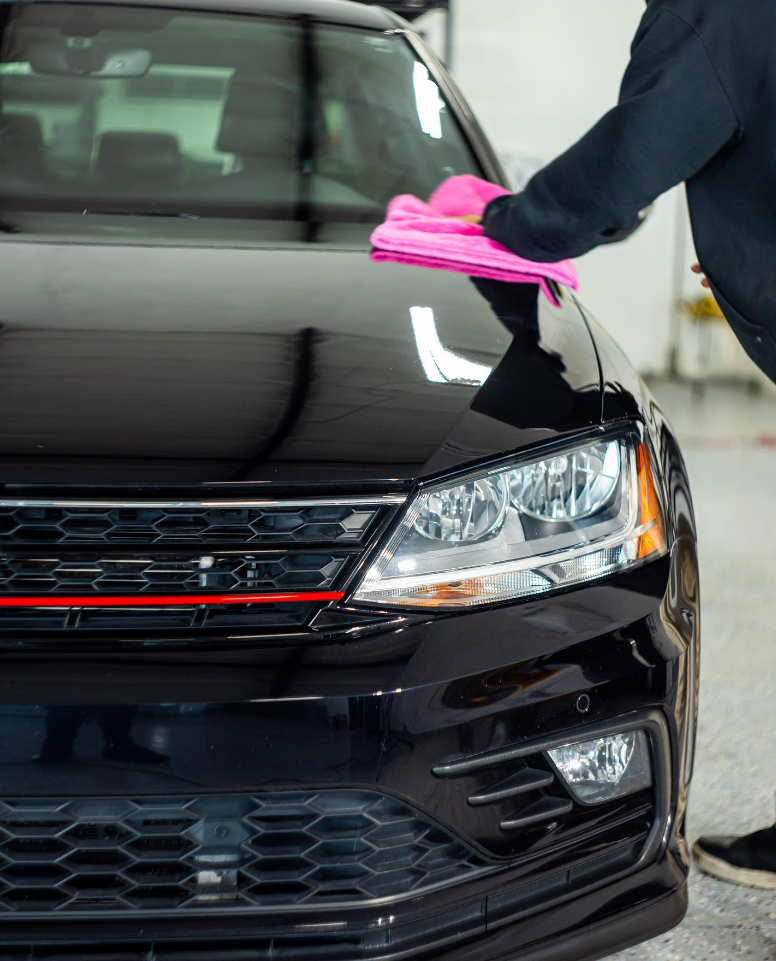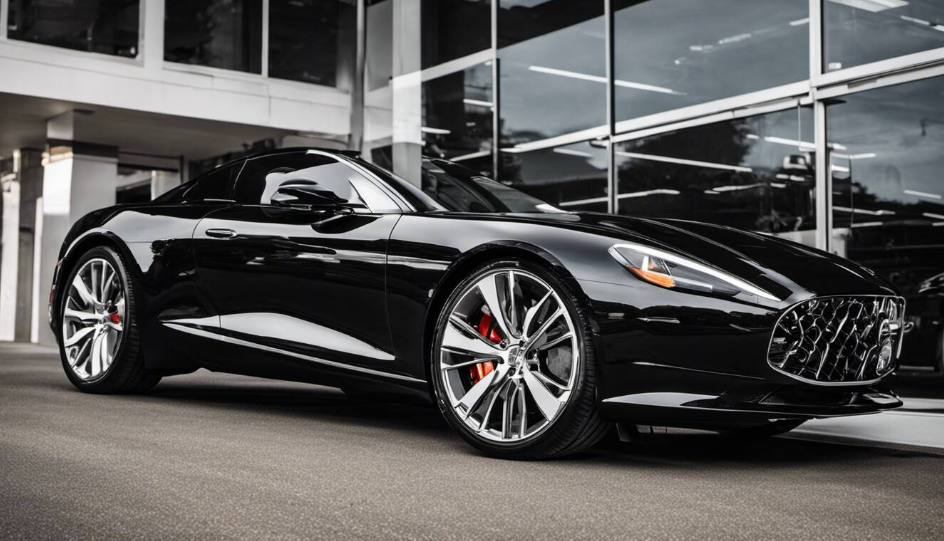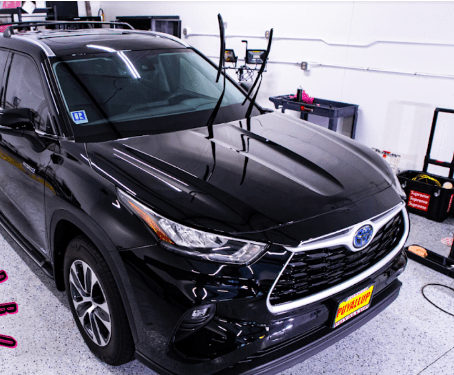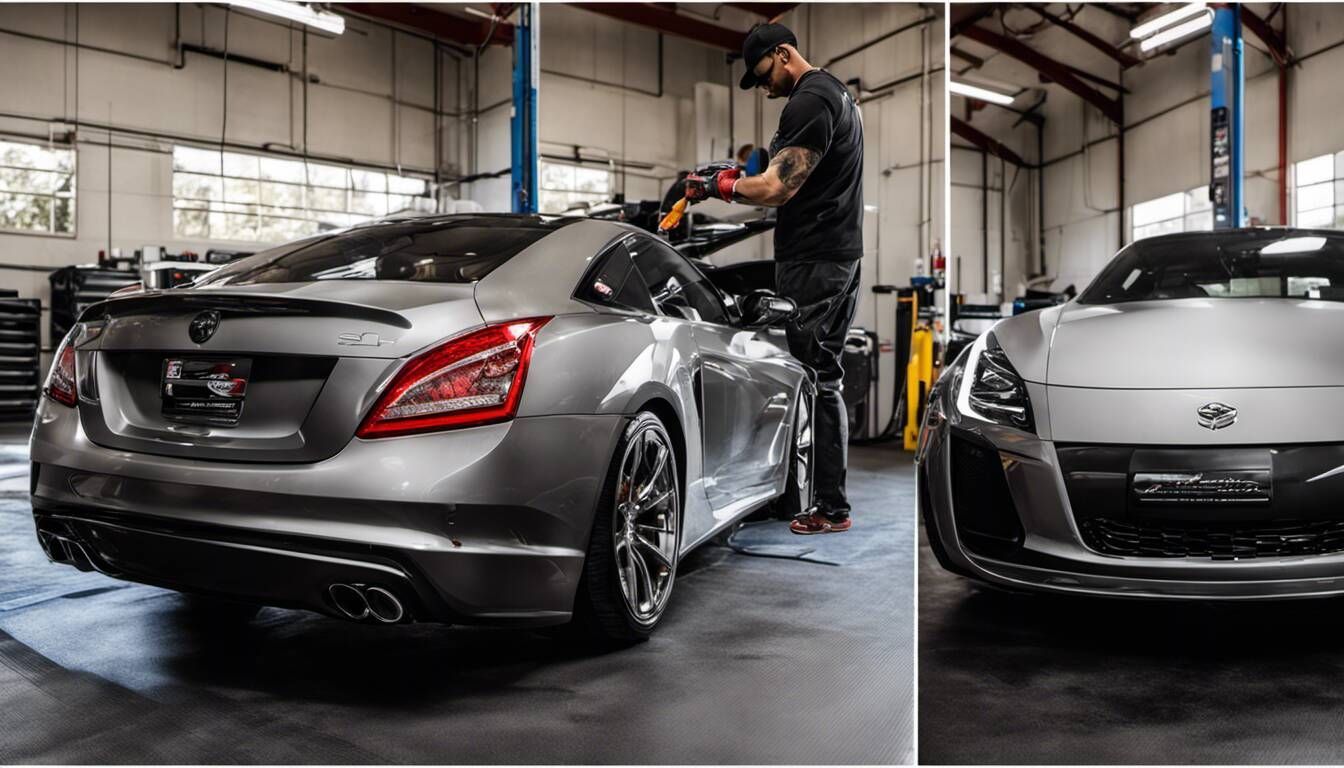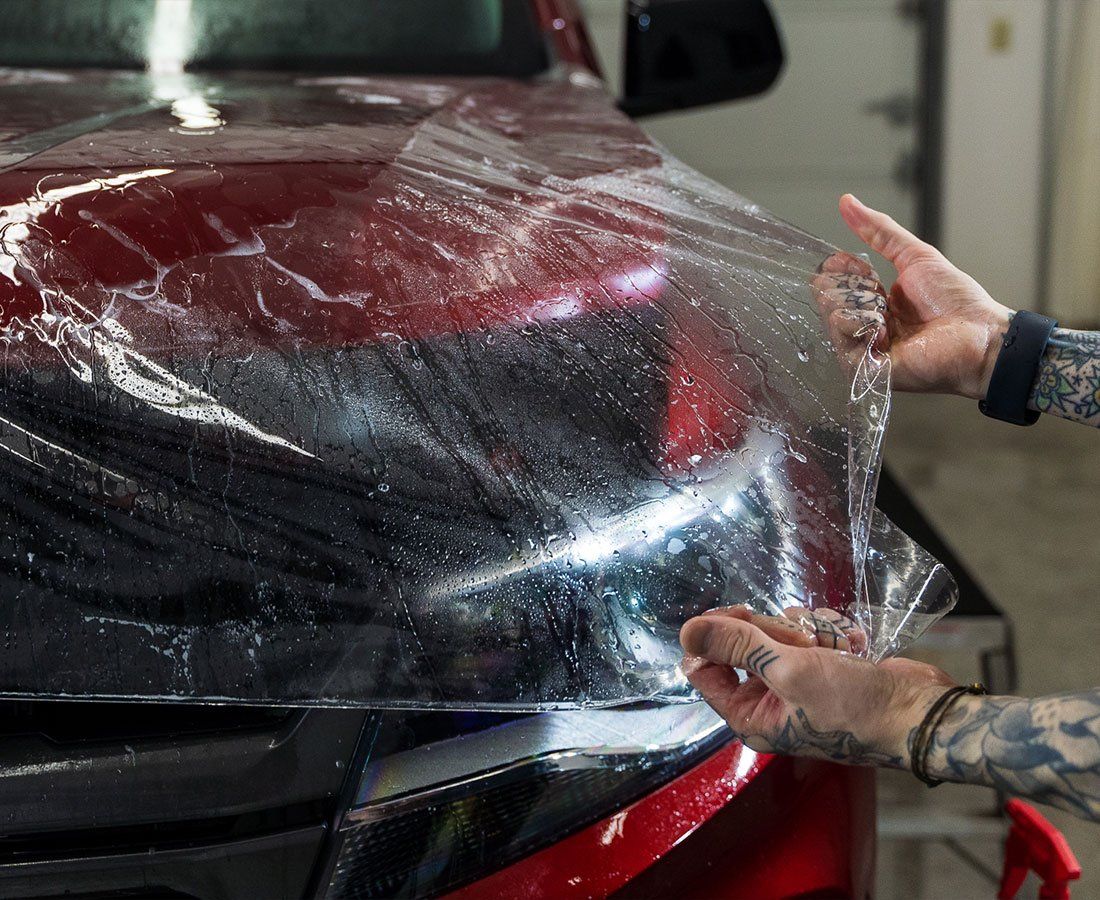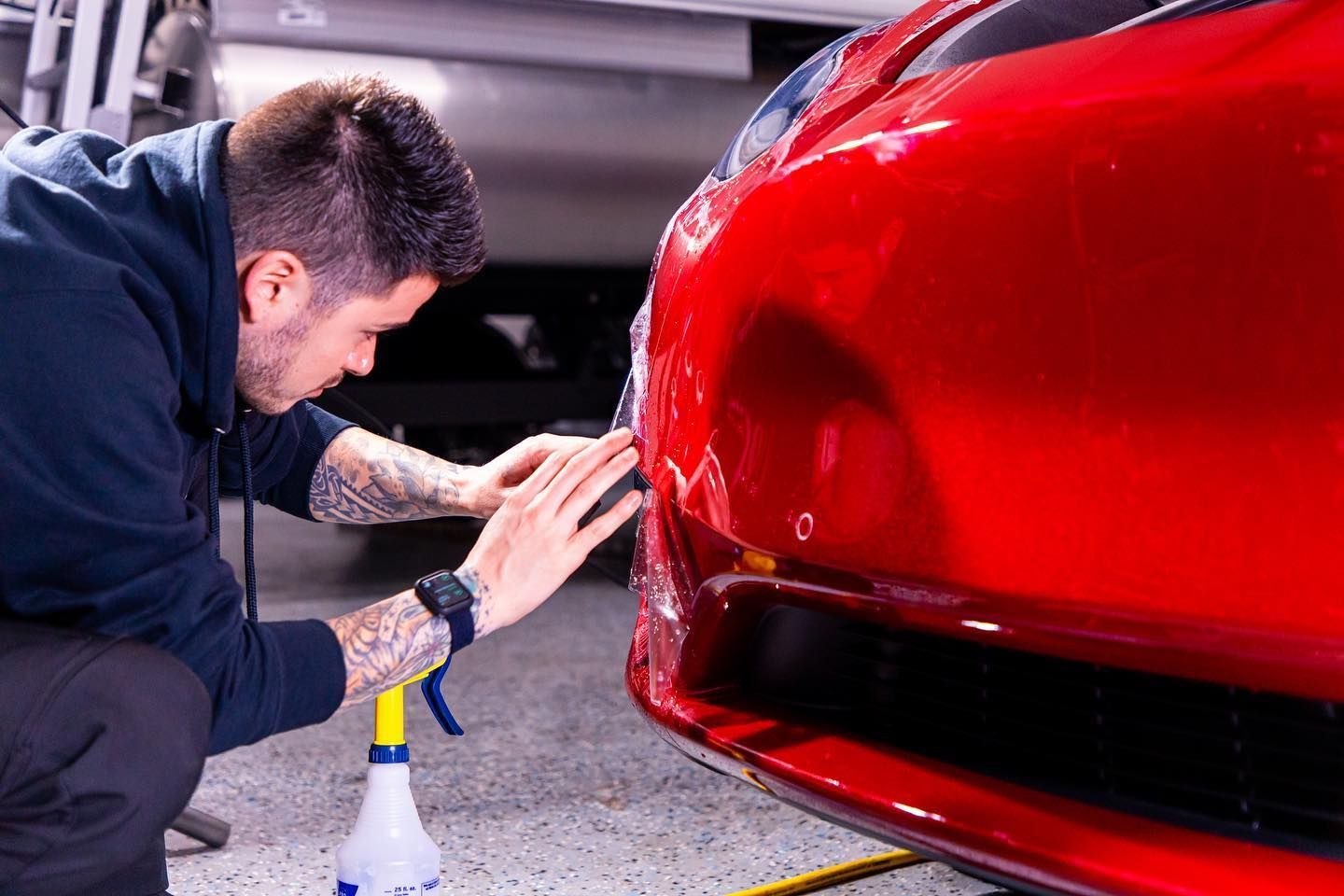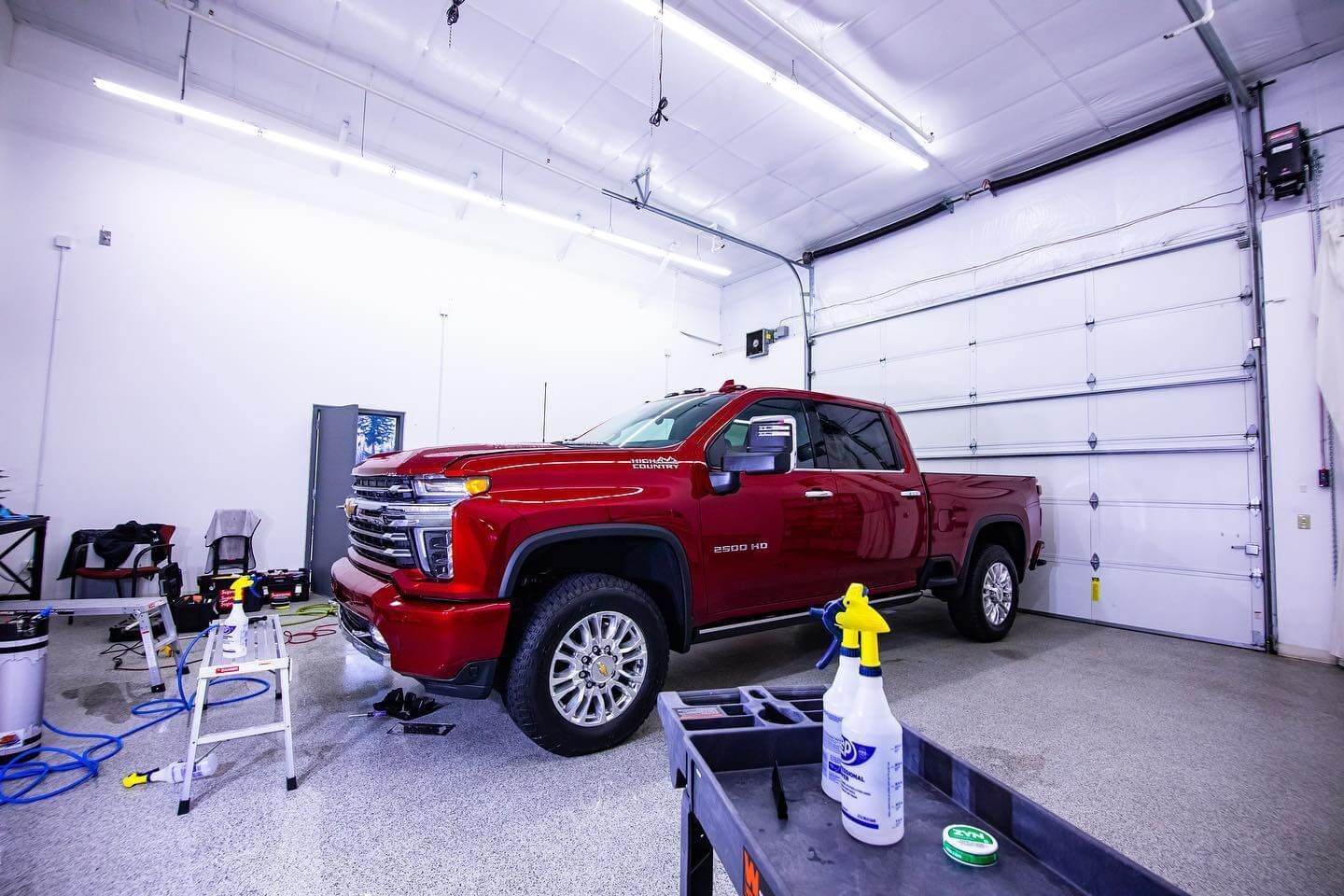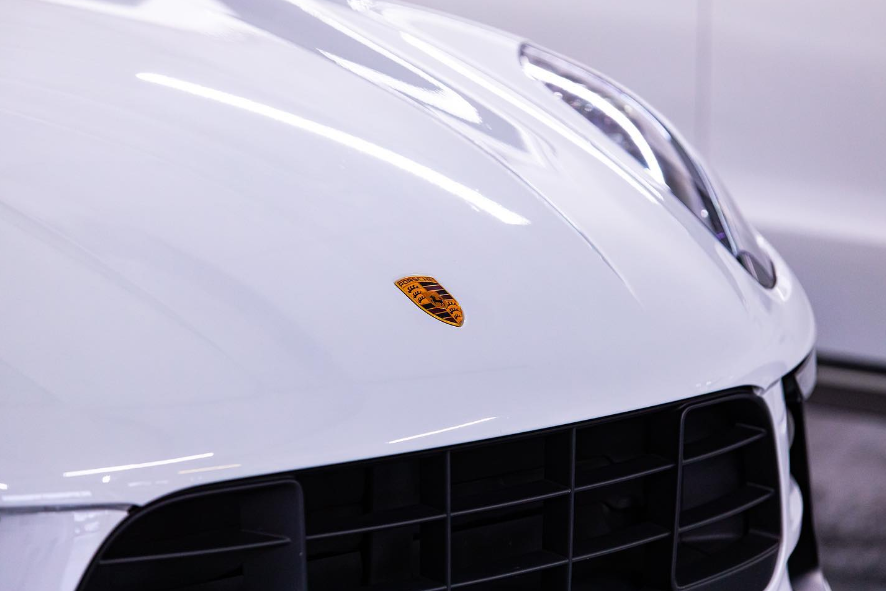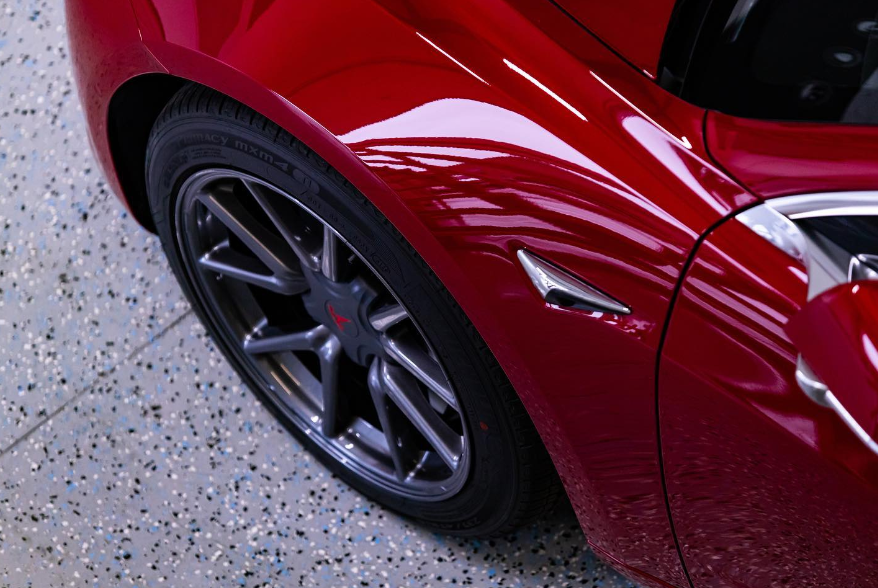Understanding the Science of Ceramic Coating: Technology and Performance Benefits
CALL (253) 533-6776Curious about how ceramic coatings measure up against traditional wax? Imagine your car's surface encased in a resilient shield that stays put no matter the weather or washing routine. Ceramic coating technology offers exactly that—a robust layer formed by applying a liquid polymer to your vehicle’s exterior, which chemically bonds with its factory paint. Unlike wax, which gradually fades away, this protective layer remains intact, standing guard against elements like UV rays, oxidation, and bird droppings.
The science behind ceramic coating involves the application of a liquid polymer that chemically bonds to vehicle surfaces, creating a semi-permanent protective layer. This process utilizes silicone-based polymers, such as PDMS, which contribute to the coating's hydrophobic properties, hardness, and gloss while forming strong covalent bonds with various substrates for enhanced durability and resistance to environmental contaminants.
Introduction to Ceramic Coating Technology
Ceramic coating technology stands out primarily due to its chemical composition and interaction with the vehicle's surface. It employs a liquid polymer—a silicone-based compound known as polysiloxane—which, when applied, undergoes a chemical reaction that allows it to bond tightly with the existing paint. This bonding forms an ultra-durable layer that acts like a shield.
Once cured, this layer becomes hydrophobic, which means it repels water and other liquids, leading to a drastic reduction in surface tension. Picture pouring water on a freshly waxed car; it beads up and rolls off rather than sticking to the surface. This characteristic not only helps keep your vehicle cleaner for longer but also makes washing significantly easier. With each wash, less grime adheres to the surface, allowing you to maintain that glossy finish with less effort.
The process of applying ceramic coating is almost as critical as the formula itself. Proper application can make or break the effectiveness of the coating. Before application, it’s essential to thoroughly prepare the vehicle’s surface by decontaminating it from dirt, oils, and prior waxes. This ensures that the coating can bond correctly without any obstructions. If you're doing this at home or opting for professional services, remember that preparation is crucial for achieving that formidable defense against environmental assaults.
The results speak volumes: vehicles treated with ceramic coatings are often easier to maintain and retain their aesthetic appeal longer than those relying on traditional waxes or sealants.
Beyond aesthetics, one of the standout features of ceramic coatings is their incredible resistance. They protect against UV rays, effectively preventing oxidation—that dulling effect over time caused by sun exposure—and they stand firm against harsh chemicals like bird droppings or tree sap, which can otherwise mar your vehicle's paintwork if not cleaned promptly.
While these coatings offer impressive protection, they do require regular maintenance to ensure longevity and peak performance. Transitioning now to explore the intricate components that play essential roles in this advanced technology will provide further clarity on its effectiveness.
Key Components and Their Roles
Silicon Dioxide (SiO2)
At the heart of many ceramic coatings is Silicon Dioxide or SiO2, often considered the star ingredient for its remarkable properties. This compound brings hardness and durability to the coating. When applied, SiO2 forms a crystalline structure that imbues the surface with exceptional toughness. Its flexibility allows it to adapt to various surfaces without cracking or degrading, which is crucial for diverse materials such as metals, plastic, or glass.
The versatility of SiO2 is one reason ceramic coatings are favored in different applications—from automobiles to household items.
Polydimethylsiloxane (PDMS)
Next is Polydimethylsiloxane (PDMS), a silicon-based organic polymer that excels at making surfaces hydrophobic. PDMS causes water to bead and roll off easily, which is particularly important for protecting surfaces from rain or spills. This enables water to sweep away dirt and grime effortlessly, keeping your vehicle cleaner for a longer period.
Knowing that PDMS enhances cleaning efficiency should give you peace of mind in preserving your vehicle's appearance.
Solvents and Additives
The role of solvents and additives is also significant. Solvents serve as the medium, keeping the mixture liquid until ready for application. They ensure that the coating spreads smoothly and bonds effectively to the surface of your vehicle. Without effective solvents, uneven application could compromise both appearance and durability.
Additives, including accelerators and stabilizers, promote uniform consistency during application. These substances optimize performance attributes and contribute significantly to achieving that flawless finish—a shiny car that turns heads on the road.
Together, solvents and additives work harmoniously with SiO2 and PDMS, creating a potent formula that achieves impressive aesthetic benefits while enhancing protection.
Understanding these components equips you with valuable knowledge about how they function together to provide optimal performance and protection for your vehicle's surfaces.
Protective Qualities and Durability
At its core, a ceramic coating acts like a brave shield, standing guard against the elements. When this clear, hard layer is applied to your vehicle's surface, it forms an armor that defends against contaminants—be it mud, dust, or grime.
Chemical Resistance
Think about those unexpected encounters with nature—bird droppings, tree sap, or even acidic rain. An ordinary paint job may not hold up under such attacks, leading to unsightly blemishes on your beloved vehicle. However, with a ceramic coating in place, you gain peace of mind knowing that this robust layer effectively resists chemical etching from these common culprits. Just like a well-tailored suit protects you from the elements; this coating becomes an integral part of your vehicle’s defense system.
Longevity
The durability of ceramic coatings is one of their most appealing features. Many high-quality products can last anywhere from two to five years, while premium options boast lifespans of up to ten years with proper maintenance. This longevity means less frequent reapplication and a higher potential resale value for your vehicle since studies indicate cars treated with ceramic coatings maintain their aesthetics better than those protected solely by waxes or sealants.
Interestingly, vehicles with ceramic coatings often show less wear over time and can save owners money by reducing the frequency of necessary detailing. Imagine extending your car’s immaculate appearance without needing to dedicate significant time and resources each year.
These impressive characteristics create tangible advantages for car owners, establishing ceramic coatings as an invaluable asset in enhancing both appearance and resilience. As we explore further, let’s take a closer look at how these coatings excel in hydrophobicity and hardness.
Performance Benefits: Hydrophobicity and Hardness
Hydrophobicity is a standout characteristic of ceramic coatings that merits close examination. When a ceramic coating is applied, it forms a surface exhibiting high water contact angles. This means that when water touches the surface, it doesn’t simply spread out; instead, it forms beads that elegantly roll away.
Imagine walking outside during a rainstorm and seeing the droplets bead off your car's surface rather than soaking in. This phenomenon not only keeps your vehicle looking pristine for longer periods but also makes cleaning a breeze—dirt and grime are far less likely to stick around when water repels them.
Regular car washes become less frequent with hydrophobic properties working on your side. In my experience, surfaces treated with high-quality ceramic coatings don’t just look glossy; they repel contaminants better than traditional waxes or sealants. If you're someone who dreads scrubbing stubborn mud and dirt, embracing hydrophobic technology can save you time and effort, allowing you more leisure while still keeping your vehicle's finish shining.
Hardness
Moving on to hardness, this attribute underlines the protective capabilities of ceramic coatings. However, it’s crucial to note that while these coatings provide exceptional protection, they do not render your vehicle scratch-proof.
It’s much like wearing a sturdy jacket during winter: it shields you against chill but doesn’t guarantee you won’t feel some breeze.
Imagine parking your vehicle under a tree and worrying about an errant branch or falling sap. A ceramic-coated surface will certainly hold up better than standard paint finishes, absorbing fewer impacts from day-to-day wear and tear. However, it's wise to remember that maintaining respect for the surface still goes hand-in-hand with the benefits of hardness, as aggressive scraping or improper washing techniques can compromise even the best coatings.
These features not only enhance protection and simplify maintenance tasks but also contribute to maintaining long-term value in your investment. This opens the door to understanding how proper upkeep can extend the life of these remarkable coatings.
Ultimately, if you’re ready to protect your investment and have questions about getting started with ceramic coatings, feel free to reach out for further guidance at
Lucent Auto Work or call (253) 533-6776.


